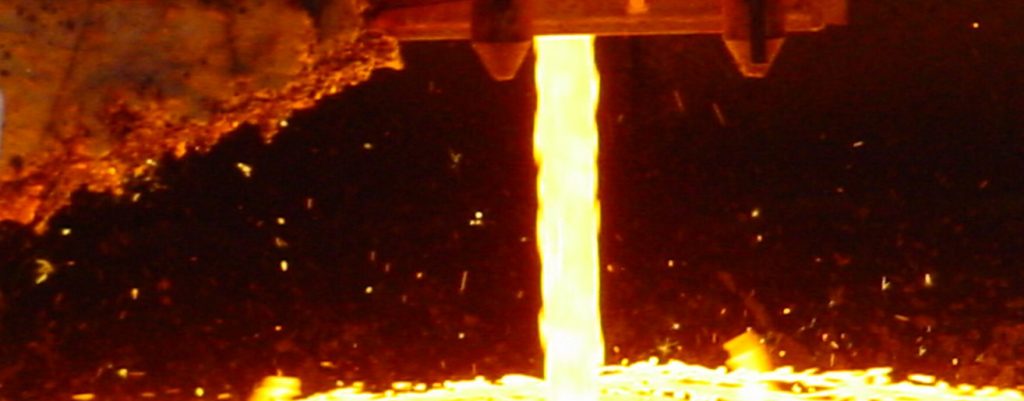High capacity furnace and smelting plant specialist, Tenova Pyromet has announced that the 45 MVA submerged arc furnace for the Steel Authority of India Ltd’s (SAIL) Chandrapur Ferro Alloy Plant (CFP) has been successfully switched in. Ramping up and tapping of the silicomanganese (SiMn) furnace, the largest in India, is in progress.
Tenova Pyromet carried out the contract from SAIL for the expansion to the plant in a consortium agreement with a locally-based supplier, GSPL. The scope of work awarded included design and manufacture, supply and installation of the complete furnace and auxiliary equipment, refractories and structures, followed by testing, commissioning and performance guarantees. The plant has an installed capacity of 100,000 t/y (ferromanganese) FeMn, SiMn and medium/low carbon FeMn. It is the only public sector unit engaged in the production of manganese-based ferroalloys in the country.
“The fully automated, competitively priced furnace incorporates Tenova Pyromet’s state-of-the-art equipment, including its industry benchmark electrode column, and the patented AutoFurn™ Furnace Controller. This user friendly system is the ideal way to operate a ‘smart’ furnace, providing an additional level of automation above the SCADA and PLC to optimise power input to the furnace and maintain furnace balance and stability.”
All equipment was locally manufactured in India, to optimise local content, with the exception of the mud gun and drill, which were manufactured in South Africa. “This project demonstrates Tenova Pyromet’s extensive process experience and project execution skills,” says Andre Esterhuizen, General Manager, Sales & Marketing, Tenova Pyromet. “Despite the remote area and language barrier, we delivered successfully on our commitments to the client who also recognised the contribution of Tenova Pyromet personnel in maintaining an exceptional safety record on site”.
With installation of the overall plant 95% complete, this project has achieved an accident and incident free record throughout the 6,600 plus hours worked. The majority of the labour force has been drawn from the local area as part of the project’s focus on skills upliftment.”











